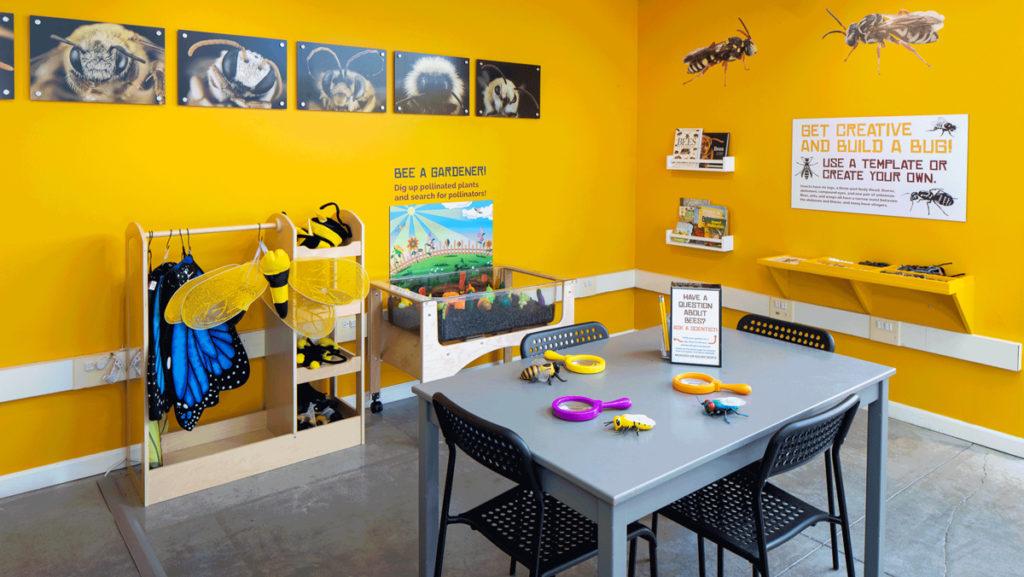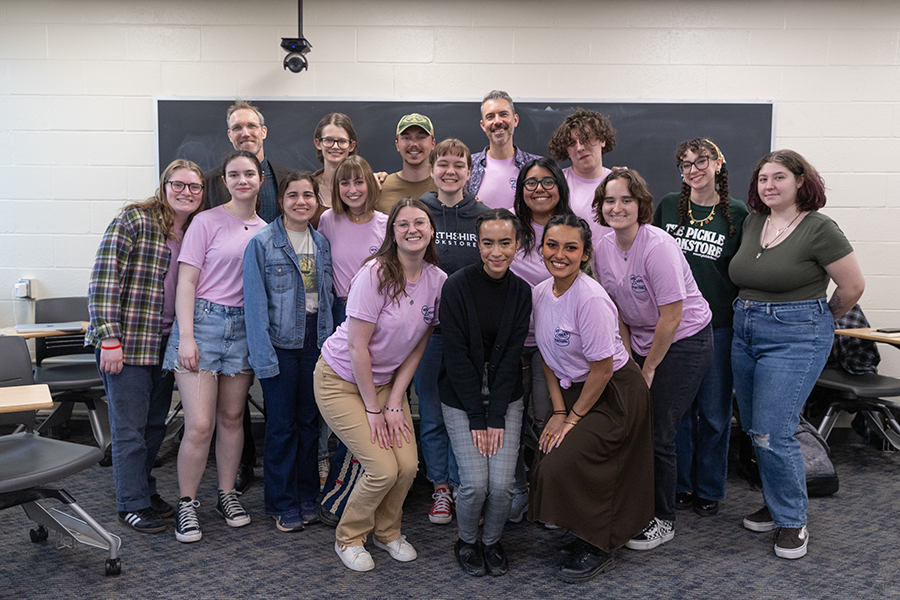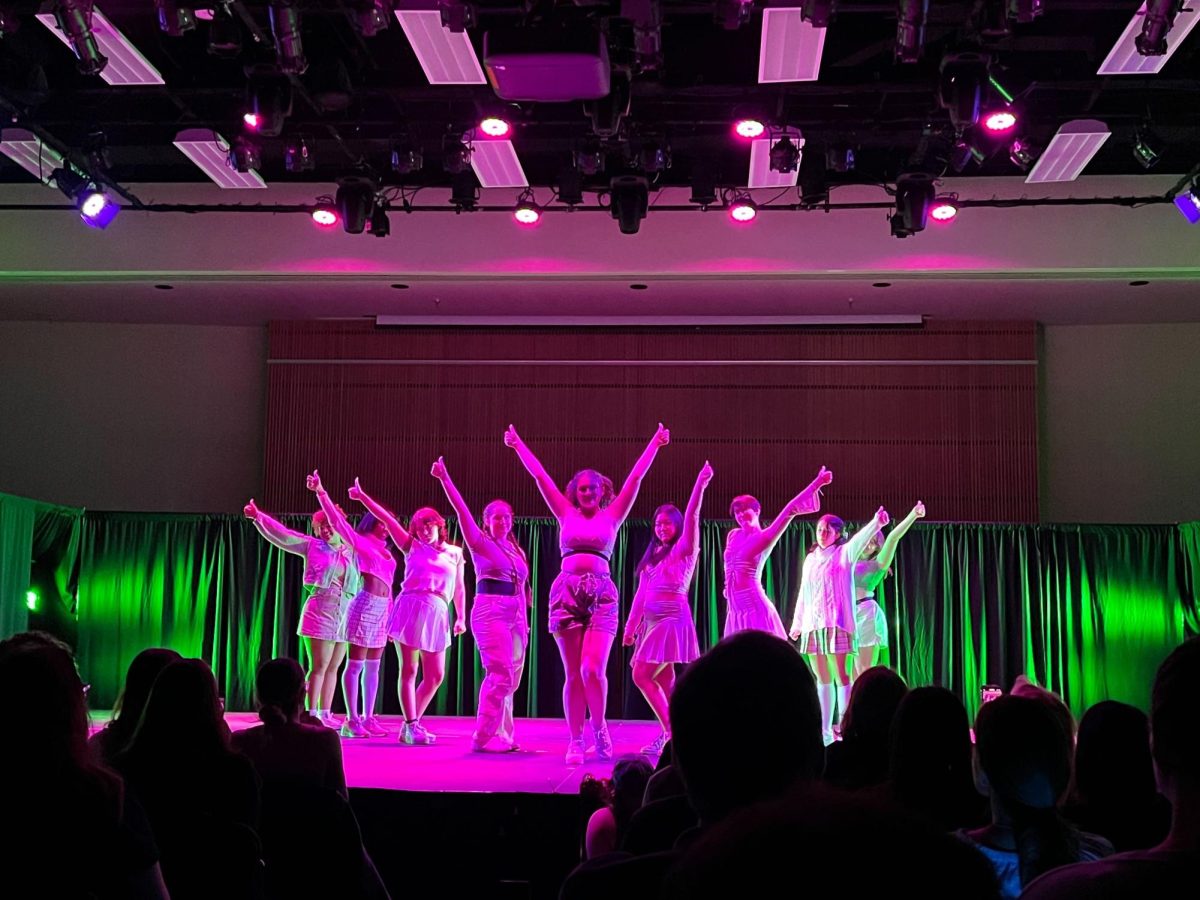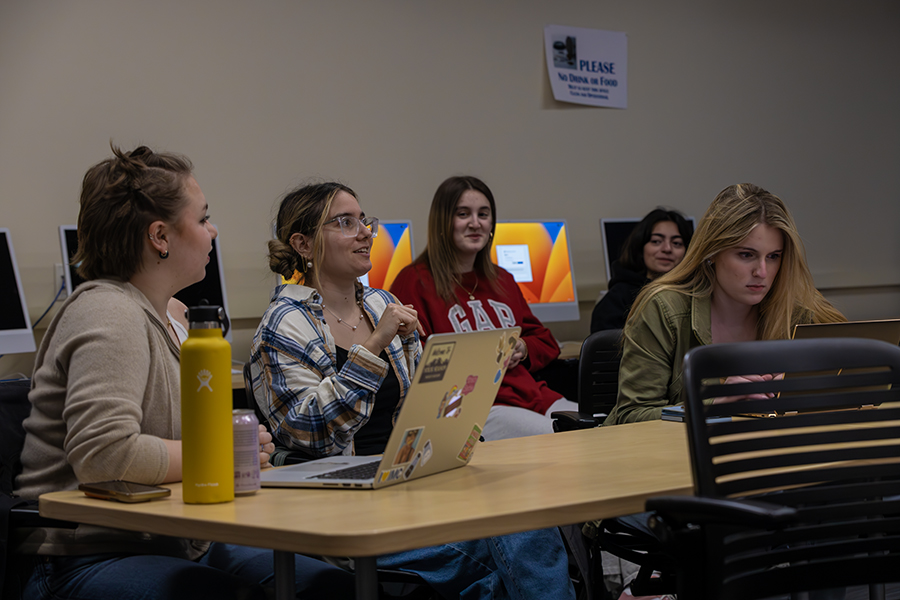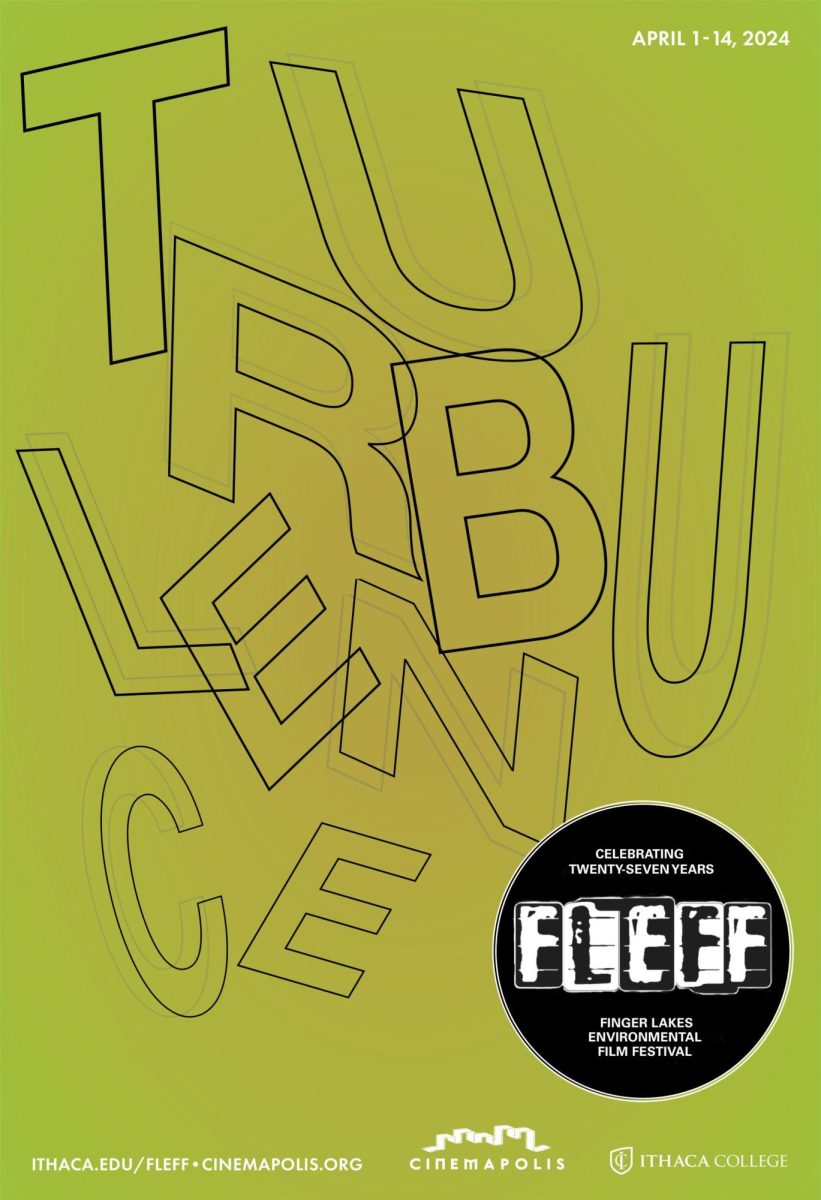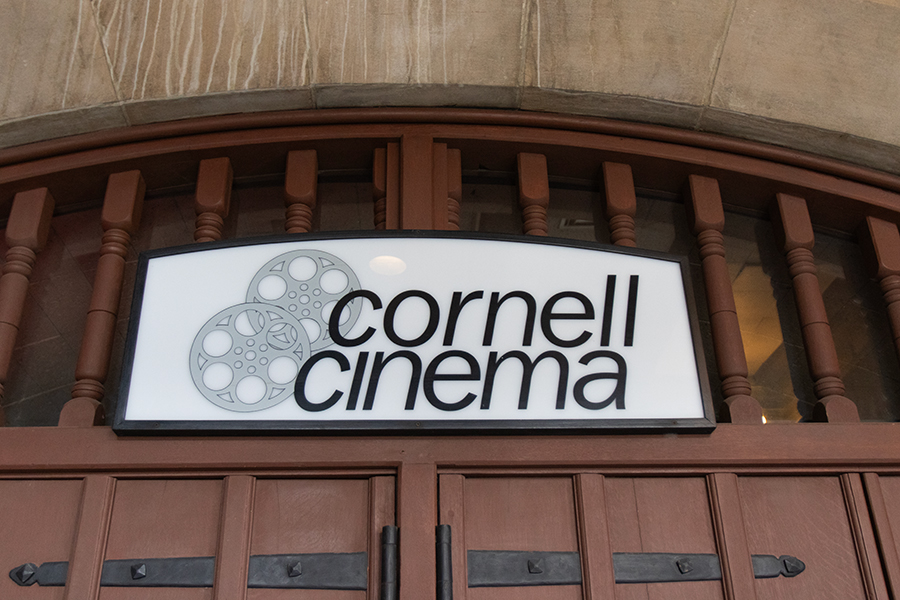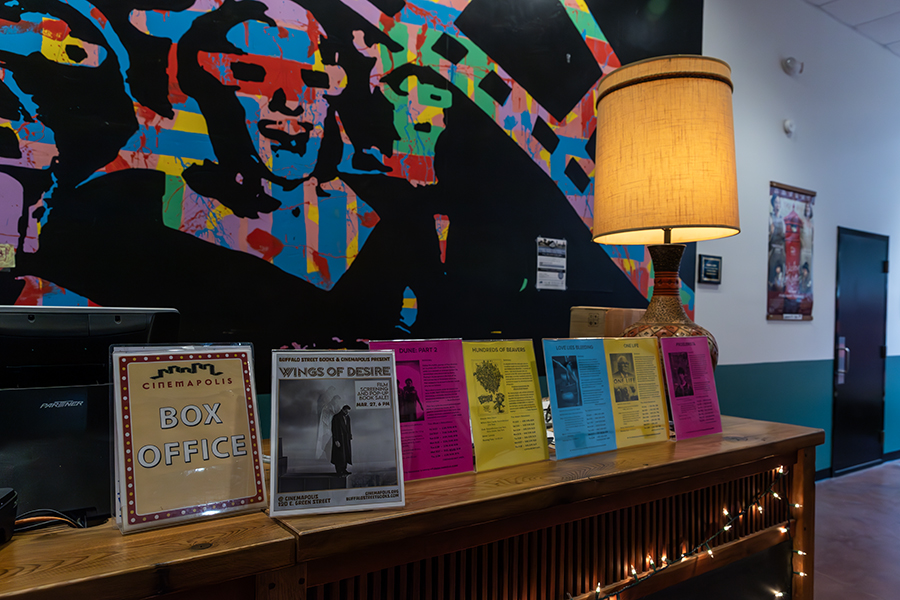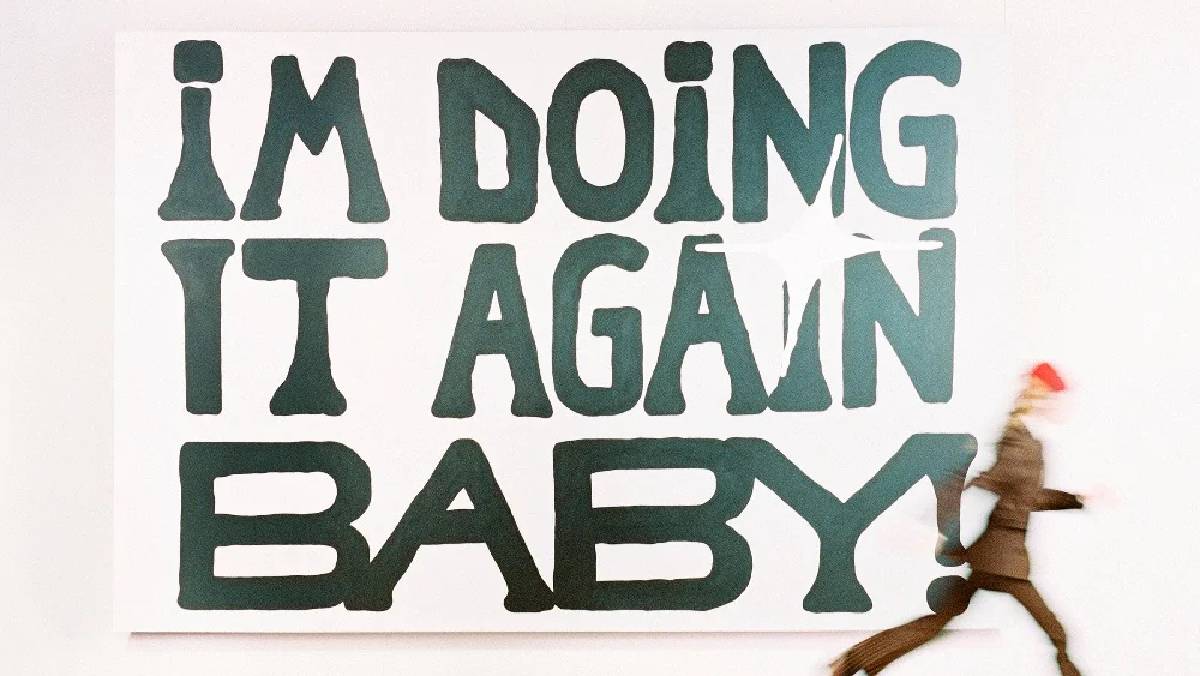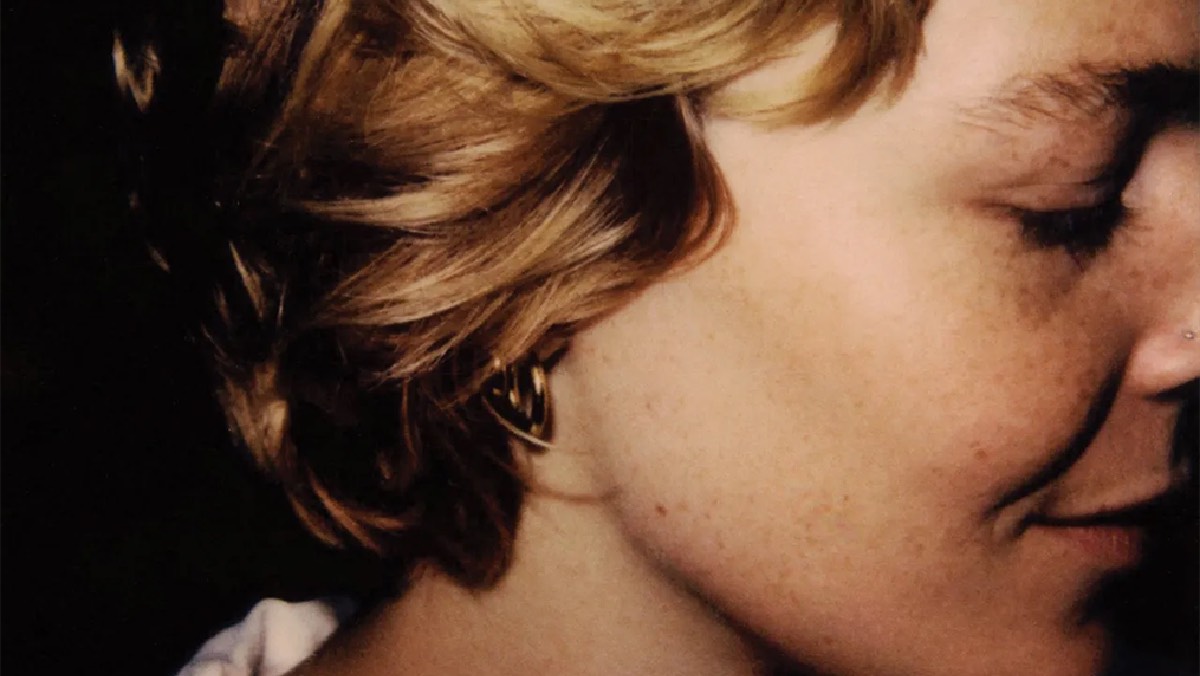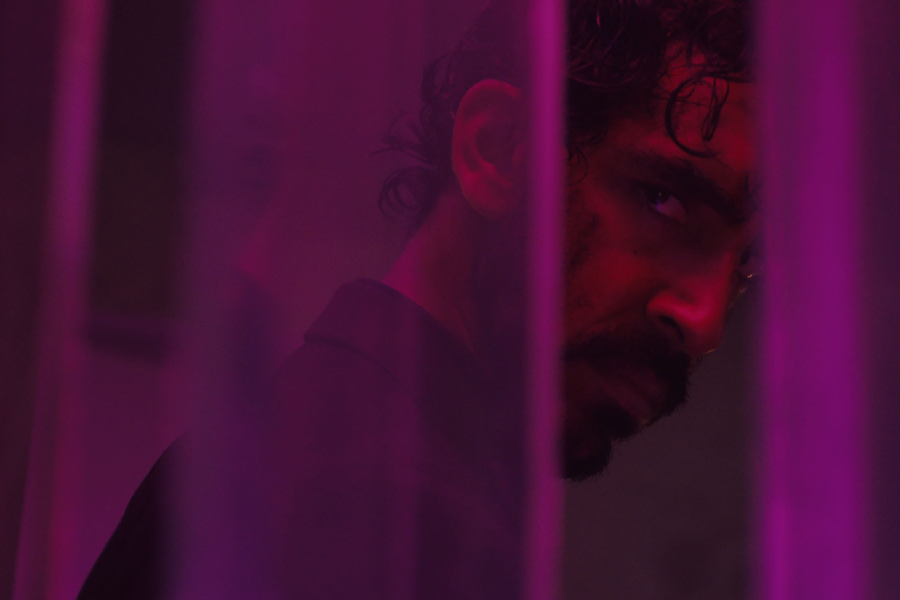When the coronavirus pandemic forced nonessential public facilities to close in March, museum exhibitions were left in vacant rooms.
Across the country, museums have lost at least $33 million a day because of COVID-19–related closures, according to the American Alliance of Museums. One study conducted by the Network of European Museum Organisations showed data that 30% of the European museums in the study lost up to 1,000 euros per week while 25% of the museums lost up to 5,000 euros a week.
In June, New York state released guidelines allowing museums in Phase Four regions to reopen with a limited maximum capacity and enhanced sanitation measures. Now, with adjusted weekly hours and different exhibition schedules, museums have begun opening to the public again.
Five Ithaca-based museums, including Ithaca College’s Handwerker Gallery, have developed plans around these guidelines for reopening and curating virtual exhibits.
The college’s Handwerker Gallery will move to a remote exhibition season this fall, Handwerker Gallery Director Mara Baldwin said. In past years, the Handwerker has opened its doors to students, classes and visitors. In light of the COVID-19 pandemic, it will virtually display two exhibitions, both of which were originally scheduled for Spring 2020.
“[Museums are] only made meaningful by people participating, and so I think that that’s sort of the sink-or-swim survival strategy at this time,” Baldwin said.
People will be able to view the exhibits through a link on the gallery’s website starting Oct. 5. The gallery will feature two exhibitions, Kija Lucas’ “Collections From Sundown” and Becky Brown’s “Select All Images With Anxiety,” both set to run March 19–April 17, 2020. Baldwin said that she is excited to debut the artists’ work after so long.
For the presentation of the exhibitions, Baldwin and other gallery staff took 360-degree virtual scroll photographs of the gallery. These photographs will give the gallery attendees a detailed view of each exhibition so viewers can see what the artwork looks like up close as if they were walking through the gallery, Baldwin said.
The gallery staff is working to present the exhibitions in the online format while not detracting from the viewing experience — a balance of creating a genuine representation of the art while in a limited form, Baldwin said.
“[It’s] a puzzle, you know?” she asked. “How do you make something feel real that is not?”
“Collections from Sundown” features work from Lucas, an artist from San Francisco. Lucas’ exhibition was originally scheduled for March 19–April 17, 2020, but then it moved to the fall semester when classes went online in the spring.
The term “sundown” refers to Sundowners Syndrome, a symptom of Alzheimer’s disease and other forms of dementia. A symptom of the syndrome is collecting trinkets and belongings, as if preparing for an imagined trip. Lucas explores this aspect of Sundowners Syndrome through still–life photographs of items that her grandmother, who had the syndrome, collected. These items include personal, handwritten notes, according to the Handwerker’s website.
“[‘Collections from Sundown’ is] just kind of about trying to understand who she was and who she was becoming as her disease progressed and then also trying to understand the communication that happens with the person with Alzheimer’s,” Lucas said.
Becky Brown’s collection, “Select All The Images With Anxiety” was set to run at the same time as “Collections from Sundown.” The exhibition features works on paper and sculptures that debate whether the endless amount of information on the internet actually brings knowledge or any real connection with others.
This exhibition is pertinent in the context of the pandemic, Baldwin said. When the pandemic caused a decrease in social gatherings and shutdowns of public spaces, the world became increasingly reliant on technology for communication.
“I am personally grateful that technology has helped me stay connected to family and friends during this frightening time, but I worry about our increased dependence on it,” Brown said via email.
Brown said her collection aims to slow down the reading, writing, seeing and thinking of an observer by using text and images like news articles, literature, speech, advertising and photojournalism. Although Brown said that the collection’s concept is relevant in light of the pandemic, she fears that some of her art’s influence will be lost as a strictly online exhibit.
“I am looking forward to the installation shots and ‘virtual exhibition experience’ Mara is working on,” Brown said via email. “It may not have the magic of an in-person experience, but it will provide broader geographic and temporal access. … Folks outside Ithaca can see it, and it will exist beyond the one-month runtime of a traditional gallery show.”
The Herbert F. Johnson Museum of Art
The Herbert F. Johnson Museum of Art is temporarily closed. Jessica Levin Martinez, the Richard J. Schwartz director of the Johnson Museum, said the museum has been transformed into additional classroom space for the Cornell University Department of Art to ease the burden of social distancing in a small classroom. Levin Martinez said the museum’s lecture hall now doubles as an art study room, and a gallery displays art for students to study. Levin Martinez also said that several of the museum’s galleries are now being used to display student work.
“We worked throughout the summer to expand our teaching spaces to accommodate both physical distance and close looking at works of art,” Levin Martinez said via email.
While the Johnson Museum is closed to the public, Levin Martinez said that the museum will be hosting online events throughout the fall, including a virtual talk by Daisy Wang, deputy director of the Hong Kong Palace Museum, at 9 a.m. Oct. 15. Wang was supposed to speak during the “Lai Fong (ca. 1839–1890): Photographer of China” exhibition, which was supposed to run
Feb. 7–June 14 before it closed early in March because of the pandemic. Levin Martinez also said the museum will be releasing the virtual exhibit “Dayak by Design” early this fall. “Dayak by Design” is a photography exhibit that examines heritage tourism and politics of the Dayak people from the area that is present-day Indonesia and Malaysia.
The History Center in Tompkins County
Since the History Center in Tompkins County reopened Aug. 13, Zoë Van Nostrand, marketing and visitor experience coordinator for Center, has taken on multiple roles. Prior to the pandemic, Van Nostrand had a team of over 20 volunteers working under her to greet visitors and work in the exhibit hall. Since closing on March 14, only one volunteer, Ruth Groff, had felt comfortable returning.
Groff is a docent who started working at the museum in June 2019. She said that she came back because she felt safe in the museum and wanted to get out of the house.
“[The museum] has become my passion,” Groff said. “I love the staff there, and I love The History Center itself. It’s a fantastic, small museum with tons of information about our area.”
Currently, the Center only allows one group, with a maximum of 15 people, in the exhibit hall at a time for a maximum of 45 minutes. However, Van Nostrand said that behind the scenes, Donna Eschenbrenner, director of archives and research services, is still cataloging archival donations and is now doing research for other people while the research library is closed to the public.
“The hard thing for us is that the public-facing persona of the museum is only one small part of what we do,” Van Nostrand said. “There was this encouragement to reopen, and we were like, ‘We’re actually all still working full time behind the scenes.’”
The History Center is in the process of collecting the accounts of people involved in the Black Lives Matter movement in Tompkins County to preserve in its archive. The Center’s Facebook page said it is also looking for accounts of anti-racist efforts from previous protests.
Van Nostrand has also been helping to facilitate the museum’s youth programs. She said that the museum is aiming to hold one in-person youth program each month. The museum held its first youth program since the pandemic, Print-A-Kitty Workshop, Aug. 23 inside the museum. During the program, kids created their own kitty prints and greeting cards based on the famous Ithaca Kitty stuffed animal, a nationally popular stuffed animal designed by Ithaca residents Celia Mattison Smith and Charity Smith in 1892. Van Nostrand said that each child had their own areas, and everyone had designated “clean” and “dirty” bins for used and unused materials.
“It felt very secure,” Van Nostrand said. “We had a lot of parents come up and say that it felt good to be able to take their kid to something but still feel like they had maintained safety.”
Van Nostrand said that the museum’s next event will be corn husk doll making Sept. 27.
“The first program was definitely a bit of a test to see how many systems we could come up with, but they all seem to work really well,” Van Nostrand said. “So we’re definitely going to be practicing them for the rest as well.”
Although the Museum of the Earth has been open since Aug. 8, Amanda Schmitt, the museum’s associate director of philanthropy, said it plans to create virtual versions of all the museum’s permanent and temporary exhibits moving forward.
“[The virtual exhibits are] not only for people to take home what they’ve learned and continue exploring that content but also for people who can’t be in the museum,” Schmitt said. “People across the country can still access the exhibit.”
In April, Museum of the Earth was featured alongside The Louvre and The British Museum in an article released by German news source DW highlighting the best online museum to visit during the pandemic for its exhibition “Bees! Diversity, Evolution, Conservation.” The virtual exhibit is accessible on the museum’s website and includes images, text and videos featured in the physical exhibit.
‘We are such a small blip in the museum world,” Schmitt said. “If you were to look at our size compared to many other museums, we’re just so tiny, not only in footprint but what we do. … Only so many people walk through the doors of Museum of the Earth. So it was really incredible to see the power of the internet and how far our reach can go.”
“Bees! Diversity, Evolution, Conservation” is a temporary exhibit about solitary bees, or bees that do not live in colonies. The exhibit was originally intended to run September 2019 to August 2020.
Museum of the Earth has previously created online versions of its temporary exhibits, but Schmitt said the pandemic created a higher demand for virtual exhibitions. Several of the museum’s permanent exhibits, including the “Coral Reef Aquarium” and “Glacier Exhibit,” also have online counterparts.
“During the beginning stages of the pandemic, people were focused on ensuring that children and college students alike were getting a formal education, even if it had to take place informally,” Schmitt said.
“Bees! Diversity, Evolution, Conservation” will remain in the museum until Jan. 5 and be replaced in the spring with “Daring to Dig: Women in American Paleontology.”
The Sciencenter is an interactive science museum aimed at teaching basic science principles to children. The museum held a soft reopening for museum members July 15. It opened to the public July 18 with a limited capacity of 60 people and adjustments made to its interactive exhibits to limit the number of touched surfaces. Kelly Barclay, Sciencenter’s public and media relations manager, said that staff members fully sanitize the museum three times a day.
“We’re having to make changes really quickly, which in theory sounds easy enough, but it requires a lot of work, a lot of exhibit changes, a lot of educational changes,” Barclay said. “It seems like pretty much every week we’re reworking what our exhibits team is doing or what our education team is doing.”
Barclay said one exhibit that was altered was “Hands on a Million,” a permanent exhibit in the museum that had visitors spin a wheel one at a time until a network of gears knocked over a glass on the millionth turn. The exhibit is now called “Feet on a Million” and uses a foot pedal instead of a wheel. Other exhibits and areas that couldn’t be safely altered — the “Curiosity Corner,” an interactive area for children under four; “Blue Blocks,” foam blocks visitors can build structures out of; and all interactive water exhibits — are temporarily closed.
The Sciencenter has added new exhibits to make up for the closed ones, Barclay said. These include an infrared camera and distorted mirror that don’t need to be touched. Despite the alterations that were made to the exhibits, Barclay said that visitors’ reactions to the museum’s reopening has been positive.
“People are really understanding that there aren’t things to touch and that it’s limited or nonexistent,” Barclay said. “They’re really having fun with what is there, and we’ve had some really good comments from people saying that they’ve been able to spend hours at the Sciencenter. … I think everyone’s just appreciated what we were able to do and the creativity of it and having a safe, fun place to go.”
For people unable to go to the Sciencenter in person, Barclay said the museum will be hosting a virtual activity at 3:30 p.m. every Tuesday on Zoom for kids of all ages. The activities are led by one of the museum educators and use objects that can be found around a household. Previous activities have included leaf prints and making boats from aluminum, wax paper or paper cups. Barclay said that the virtual events were popular during the first few weeks of quarantine, but the attendees have since dwindled.
Barclay said that prior to opening the museum, the Sciencenter offered similar virtual activities every weekday, and that small communities started to form over the Zoom activities.
“[The virtual activity] was a chance for kids to get on there and see other kids,” Barclay said. “Sometimes there would be groups of friends that would go on and be able to see each other. They weren’t seeing each other in school, so they could go on there and do a science activity together.”
Along with the virtual activities, the Sciencenter is also hosting “Science Together” at 10:30 a.m. every Wednesday, Thursday and Friday. This event takes place inside and requires admission to the museum. The Sciencenter is also hosting Free Community Science at 10 a.m. every Saturday at Conley Park, and the event is open to everyone.

